Verena Praher
Concept-Based Techniques for "Musicologist-friendly" Explanations in a Deep Music Classifier
Aug 29, 2022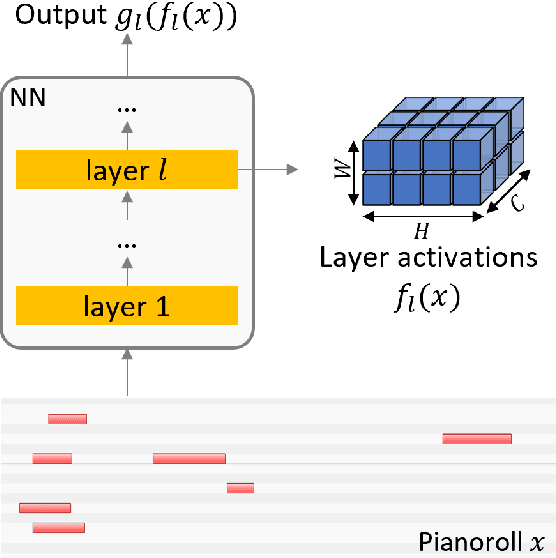

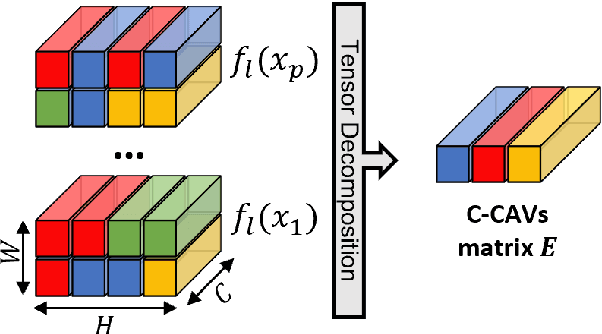
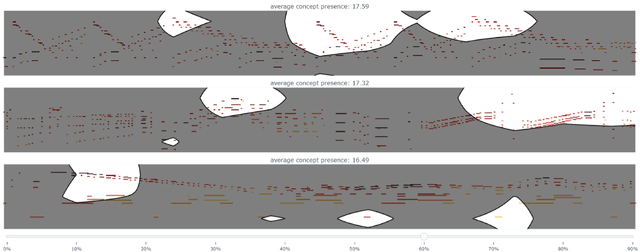
Abstract:Current approaches for explaining deep learning systems applied to musical data provide results in a low-level feature space, e.g., by highlighting potentially relevant time-frequency bins in a spectrogram or time-pitch bins in a piano roll. This can be difficult to understand, particularly for musicologists without technical knowledge. To address this issue, we focus on more human-friendly explanations based on high-level musical concepts. Our research targets trained systems (post-hoc explanations) and explores two approaches: a supervised one, where the user can define a musical concept and test if it is relevant to the system; and an unsupervised one, where musical excerpts containing relevant concepts are automatically selected and given to the user for interpretation. We demonstrate both techniques on an existing symbolic composer classification system, showcase their potential, and highlight their intrinsic limitations.
On the Veracity of Local, Model-agnostic Explanations in Audio Classification: Targeted Investigations with Adversarial Examples
Jul 19, 2021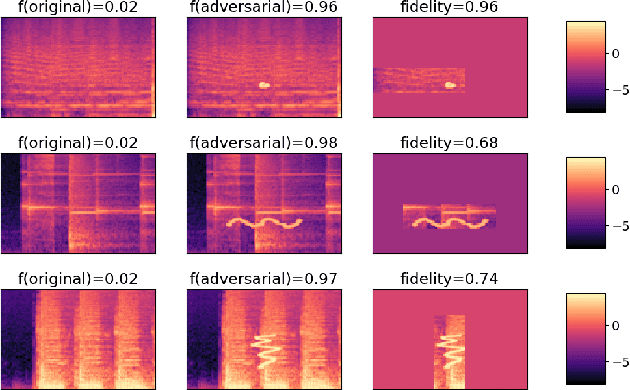

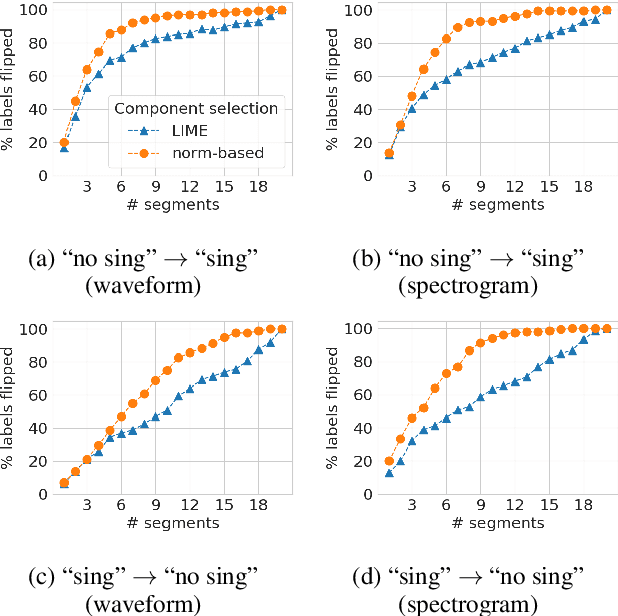

Abstract:Local explanation methods such as LIME have become popular in MIR as tools for generating post-hoc, model-agnostic explanations of a model's classification decisions. The basic idea is to identify a small set of human-understandable features of the classified example that are most influential on the classifier's prediction. These are then presented as an explanation. Evaluation of such explanations in publications often resorts to accepting what matches the expectation of a human without actually being able to verify if what the explanation shows is what really caused the model's prediction. This paper reports on targeted investigations where we try to get more insight into the actual veracity of LIME's explanations in an audio classification task. We deliberately design adversarial examples for the classifier, in a way that gives us knowledge about which parts of the input are potentially responsible for the model's (wrong) prediction. Asking LIME to explain the predictions for these adversaries permits us to study whether local explanations do indeed detect these regions of interest. We also look at whether LIME is more successful in finding perturbations that are more prominent and easily noticeable for a human. Our results suggest that LIME does not necessarily manage to identify the most relevant input features and hence it remains unclear whether explanations are useful or even misleading.
Tracing Back Music Emotion Predictions to Sound Sources and Intuitive Perceptual Qualities
Jun 16, 2021



Abstract:Music emotion recognition is an important task in MIR (Music Information Retrieval) research. Owing to factors like the subjective nature of the task and the variation of emotional cues between musical genres, there are still significant challenges in developing reliable and generalizable models. One important step towards better models would be to understand what a model is actually learning from the data and how the prediction for a particular input is made. In previous work, we have shown how to derive explanations of model predictions in terms of spectrogram image segments that connect to the high-level emotion prediction via a layer of easily interpretable perceptual features. However, that scheme lacks intuitive musical comprehensibility at the spectrogram level. In the present work, we bridge this gap by merging audioLIME -- a source-separation based explainer -- with mid-level perceptual features, thus forming an intuitive connection chain between the input audio and the output emotion predictions. We demonstrate the usefulness of this method by applying it to debug a biased emotion prediction model.
 Add to Chrome
Add to Chrome Add to Firefox
Add to Firefox Add to Edge
Add to Edge